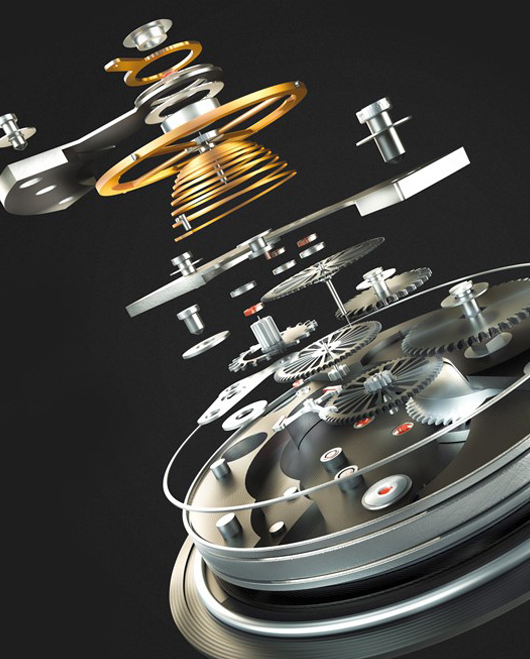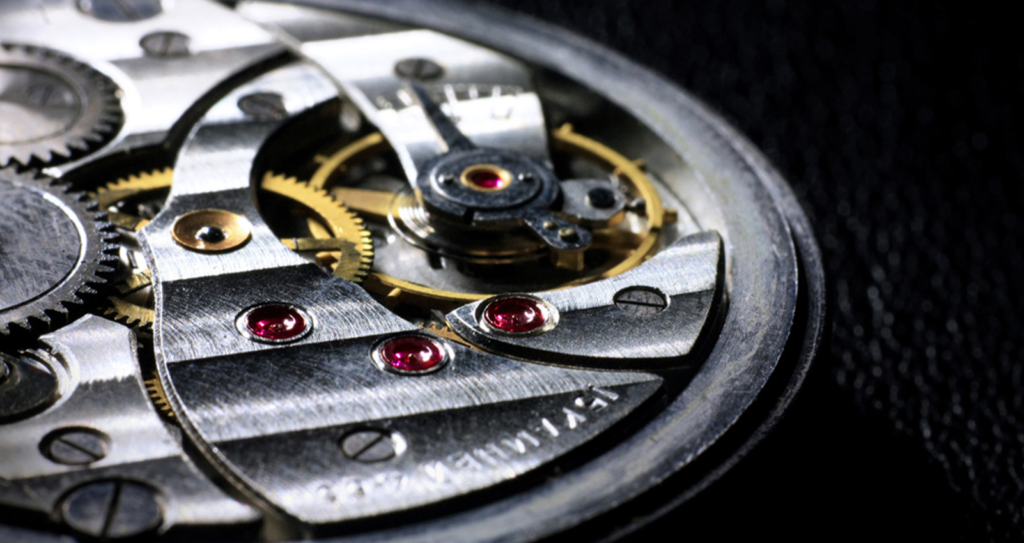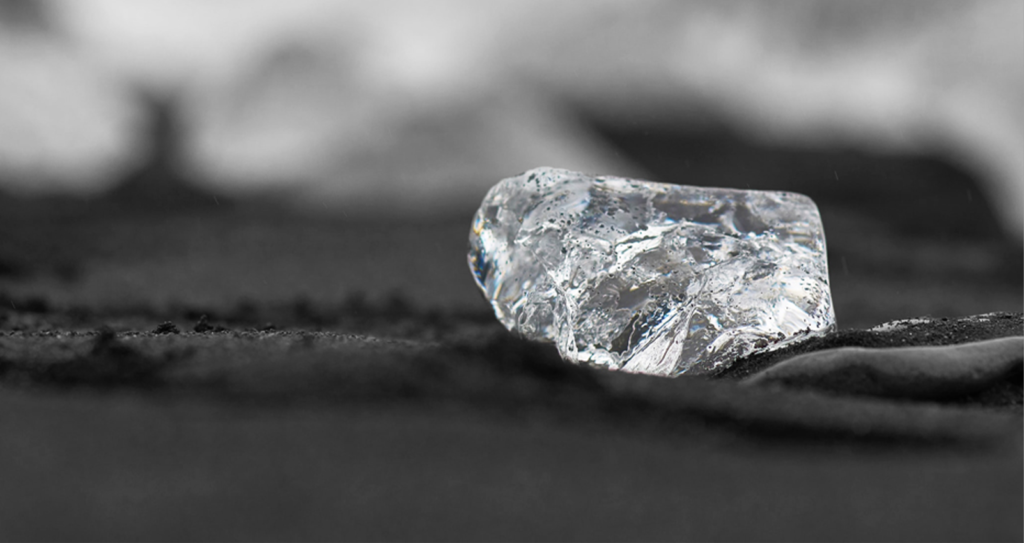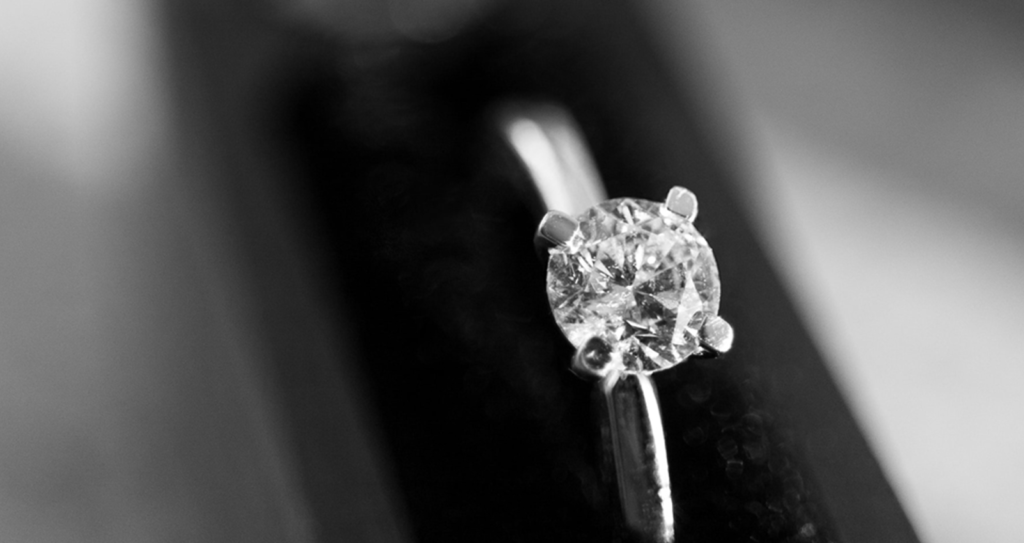Menu
“Shine bright like a diamond…” Luxury goods live on aesthetics, precision, and quality. Everything must
work together perfectly. Pureon’s customer solutions shine – even when hidden.

A small but select segment: luxury goods such as watches, gemstones, eyewear, and valuable writing instruments. Timepieces and chronographs alone account for 80 percent of this market – small technical marvels and artistic fashion accessories at the same time. Anyone who puts a piece of watchmaking art around their wrist pays attention to beauty and finesse. Of course, watchmakers know this, too, and demand the appropriate professionalism from their business partners in the value chain, which makes their product distinguishable and guarantees reproducible quality.

“For our customers in the watch industry, manufacturers or suppliers, it is not only important how an object looks, whether the glasses have scratches, and the metal surfaces are really perfectly smooth. The technical aspect is also extremely important: every component has to fit 100 percent perfectly. For instance the mechanism of a watch with more than 1,500 components can only function if each one is perfectly polished,” knows Regional Sales Director Xavier Fourny, who works with customers from the luxury goods segment at Pureon. There is no question about it: anyone who sells mechanical watches for 10,000 francs or more leaves nothing to chance. Balance wheel, escapement, gear train, dial and hands, case and bezel, polished pushers, levers, and screws – a watch is a total work of art. The creator must be very accomplished.
Above all, he needs skills in precision mechanics and materials processing to successfully orchestrate a precise interaction of all components. Each component only fits when the surface structure is right. Only in this way can a movement function in a technically optimal way and fully develop its aesthetics. This is not only true for mechanical timepieces.
Pureon makes its contribution to the total work of art in materials processing. Mostly it is about sapphire and rubies, mini-rubies used for bearings of gear wheels. Or lapping and polishing the tiny components down to the heads of a screw made of steel, metal or even ceramics. The customer can submit mechanical engineering drawings and detailed specifications for this, which require diamond grits in the small single-digit μ range for mirror polishing. Absolute precision work in miniature.
However, Pureon’s big plus is not the size of the grit per se, but the uniform grit size distribution that can be reproduced at any time. There is not a single grain in the diamond powder that is too coarse, which could lead to scratches and undesirable roughness during polishing. The highlight?
Above all, he needs skills in precision mechanics and materials processing to successfully orchestrate a precise interaction of all components. Each component only fits when the surface structure is right. Only in this way can a movement function in a technically optimal way and fully develop its aesthetics. This is not only true for mechanical timepieces.
Pureon makes its contribution to the total work of art in materials processing. Mostly it is about sapphire and rubies, mini-rubies used for bearings of gear wheels. Or lapping and polishing the tiny components down to the heads of a screw made of steel, metal or even ceramics. The customer can submit mechanical engineering drawings and detailed specifications for this, which require diamond grits in the small single-digit μ range for mirror polishing. Absolute precision work in miniature.
However, Pureon’s big plus is not the size of the grit per se, but the uniform grit size distribution that can be reproduced at any time. There is not a single grain in the diamond powder that is too coarse, which could lead to scratches and undesirable roughness during polishing. The highlight?

This is the software-controlled classification of grain sizes by sedimentation, a complex wet process. This is the only way to guarantee unsurpassed surfaces of consistently high quality. This makes the difference. The professionals in watchmaking have a trained eye and not infrequently refrain from defining specifications in detail. Because they recognize the quality of a surface at first glance!
Pureon delivers the desired quality – and the success proves the diamond experts right: more than 50 percent of all Swiss watch brands use components that have been polished with products from the micronizer in Lengwil, Switzerland. Pureon can boast the largest range of suspensions on the market, with sales of 100,000 liters per year. You can always find a solution there. This is true in haute horlogerie, where small quantities and high margins are often required, as well as for less exclusive pieces. In addition, Pureon is setting itself up for finishing in the mass market. Apart from manufacturers of very inexpensive watches, this component is at the top of the agenda for all customers: watch glass made of sapphire.
Pureon delivers the desired quality – and the success proves the diamond experts right: more than 50 percent of all Swiss watch brands use components that have been polished with products from the micronizer in Lengwil, Switzerland. Pureon can boast the largest range of suspensions on the market, with sales of 100,000 liters per year. You can always find a solution there. This is true in haute horlogerie, where small quantities and high margins are often required, as well as for less exclusive pieces. In addition, Pureon is setting itself up for finishing in the mass market. Apart from manufacturers of very inexpensive watches, this component is at the top of the agenda for all customers: watch glass made of sapphire.

The synthetically produced crystal makes the glass scratch-resistant, heat and pressure resistant, and
provides good optical transmittance. But the hard sapphire can only be dealt with diamond.
Polycrystalline diamond suspensions are unbeatable in this respect, a real hit, if you will. Pureon is the
world leader in this field. Diamond suspensions are available in ready-to-use formulations. This saves
time and money. The results: first-class, reproducible surfaces with short processing times.
Keyword speed. For manufacturers of gemstones, the question of how many specimens can be cut per second is business-critical. Because in this large market, the cost pressure is particularly high. We are talking here about synthetic gemstones made of zircon, spinel, marcasite, ruby or moissanite. They are grown, the stones cut and then mounted, to be faceted and polished with diamond grinding wheels or suspensions. Such a stone can have up to 57 facets, what counts is the brilliance of the imitation diamonds.
Here, too, it is important to choose the right suspension or liquid concentrate, guaranteed free of agglomerates. This is the only way to achieve perfect polishing results right away and drastically reduce the reject rate. It takes a lot of know-how to perfectly combine the numerous additives of the suspensions. And decades of experience – as Pureon has to offer.
Keyword speed. For manufacturers of gemstones, the question of how many specimens can be cut per second is business-critical. Because in this large market, the cost pressure is particularly high. We are talking here about synthetic gemstones made of zircon, spinel, marcasite, ruby or moissanite. They are grown, the stones cut and then mounted, to be faceted and polished with diamond grinding wheels or suspensions. Such a stone can have up to 57 facets, what counts is the brilliance of the imitation diamonds.
Here, too, it is important to choose the right suspension or liquid concentrate, guaranteed free of agglomerates. This is the only way to achieve perfect polishing results right away and drastically reduce the reject rate. It takes a lot of know-how to perfectly combine the numerous additives of the suspensions. And decades of experience – as Pureon has to offer.

Interested in our solutions
for the luxury goods industry?
We are happy to share our knowledge with you
and remain at your disposal for any further questions.
and remain at your disposal for any further questions.

Xavier Fourny
- Industry Expert
- +41 71 686 60 62
- xfourny@pureon.com
